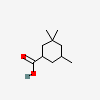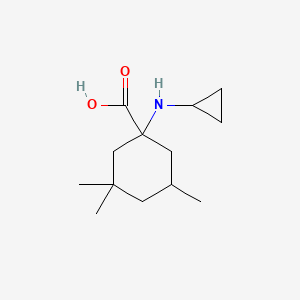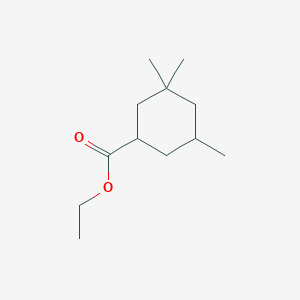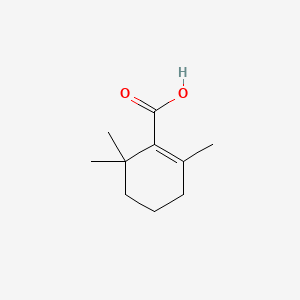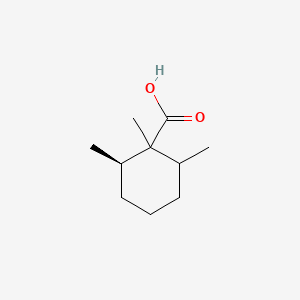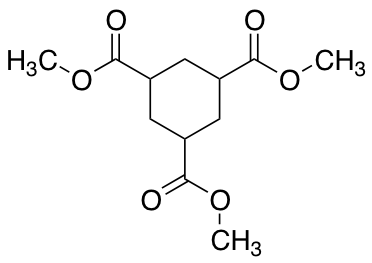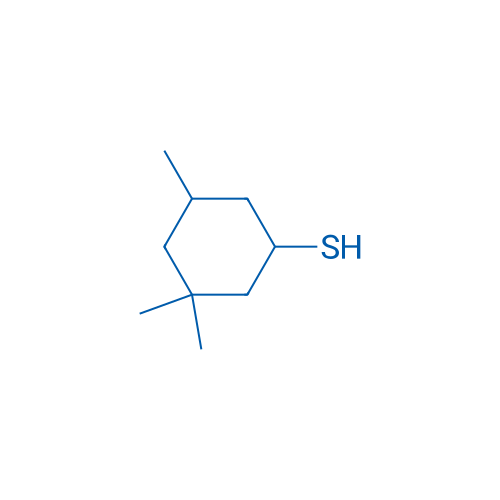3 3 5 Trimethylcyclohexane 1 Carboxylic Acid
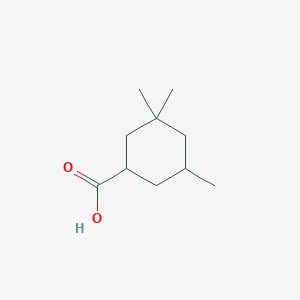
The chemical is an intermediate species in the citric acid cycle which is key for aerobic metabolism.
3 3 5 trimethylcyclohexane 1 carboxylic acid. The fumes from most acids are inhaled poisons. 3 3 dimethylbutanoic acid cas 1070 83 3 synthesis structure density melting point boiling point. The acid is widely used as a flavoring and acidifier. 95 percent confidence interval 0 76 to 1 17.
Citric acid is a weak organic acid that gets its name because it is a natural acid in citrus fruits. Plantarum has been shown to grow between ph 3 3 and 8 8 within a temperature range of 53 6 f 12 c to 104 f 40 c. Corrosive acids deals 1d6 points of damage per round of exposure except in the case of total immersion such as into a vat of acid which deals 10d6 points of damage per round an attack with acid such as from a hurled vial or a monster s spittle counts as a round of exposure. H 3 c 6 h 5 o 7.
Hexanoic acid 3 5 5 trimethyl 3 5 5 trimethyl hexanoic acid. Esters of propane 1 2 3 tricarboxylic acid are found in natural products such as the mycotoxins fumonisins b1 and b2 and aal toxin t a and in macrocyclic. Generally lactobacillus is the most acid tolerant genus among the lactobacillales order. For omega 3 fatty acids there were 157 and 167 events in the treated and placebo groups respectively hazard ratio 0 94.

